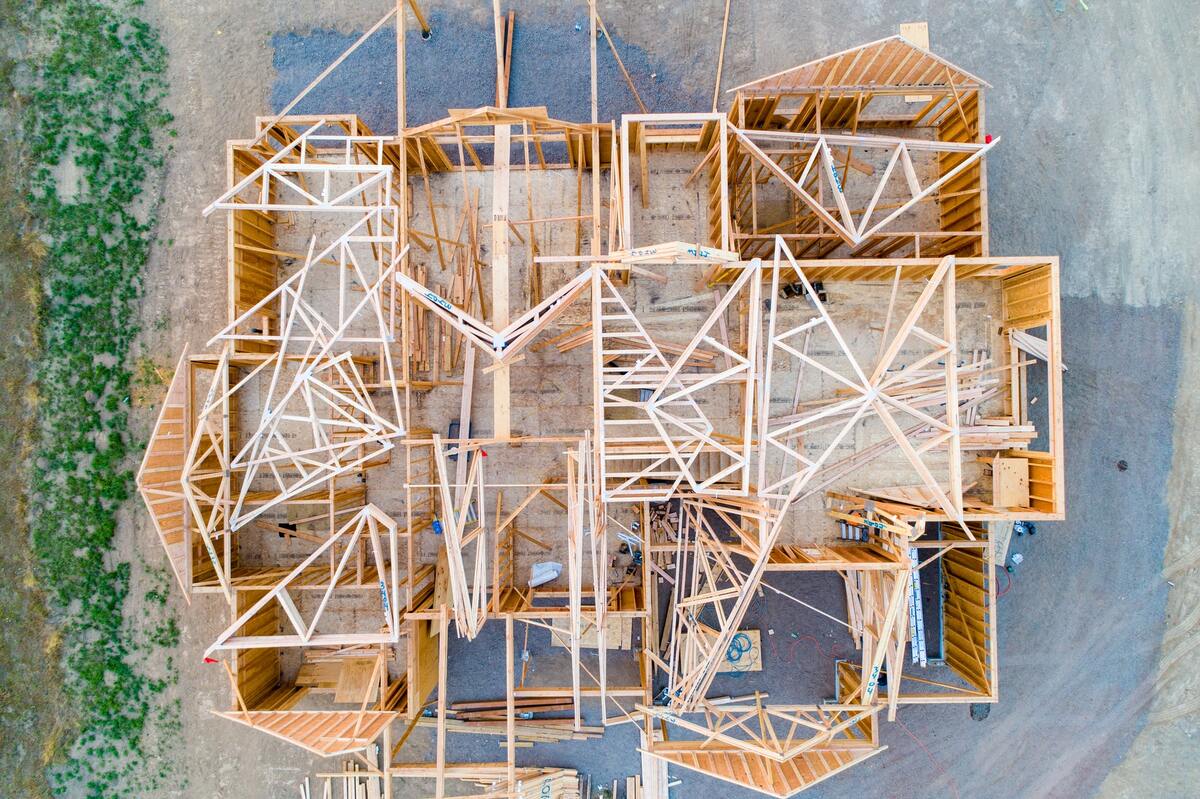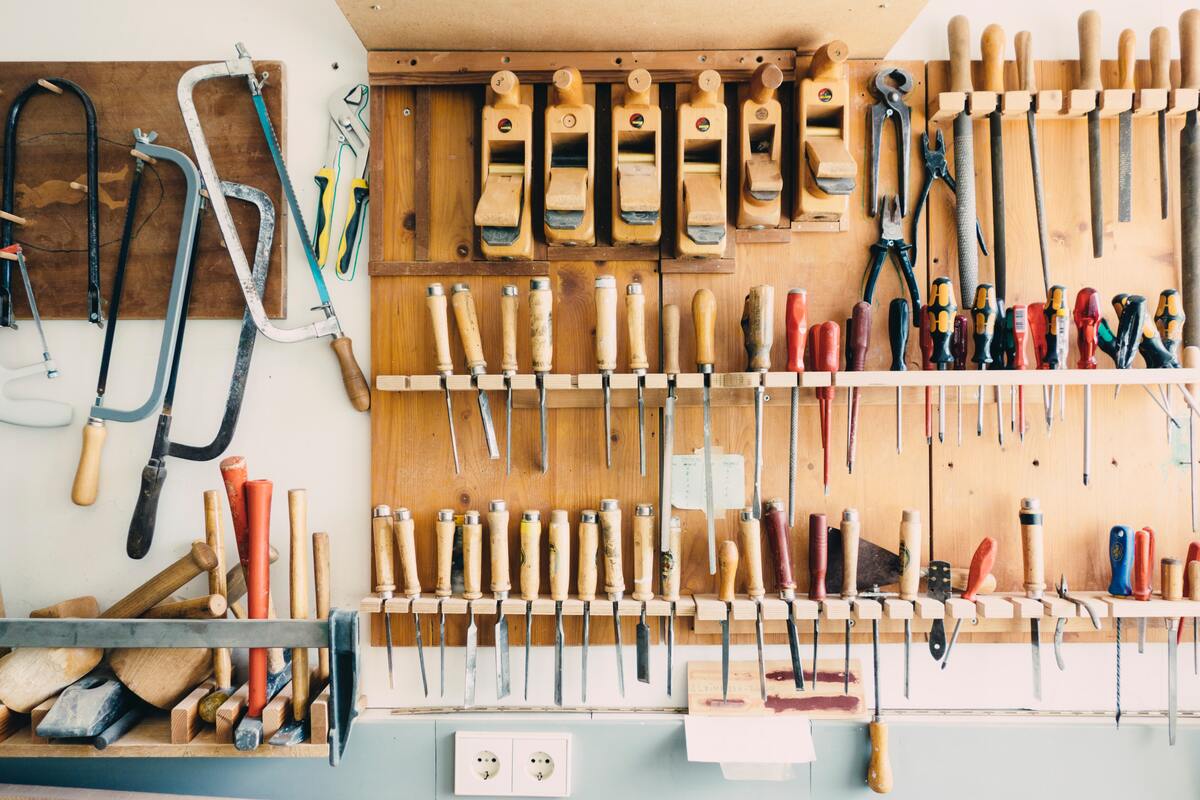Why Buying New Construction Will Cost More This Year

People who intend to invest in new construction this year may find that the overall costs go beyond their budget. Homeowners can expect price increases as contractors source from a smaller inventory of available material. Here’s a look at some of the reasons behind this phenomenon.
Rising Costs and Work Stoppages
Over the last year, many people dealt with COVID-19-related supply chain shortages for items ranging from toilet paper to electronics. As it turns out, there’s a building material shortage, too. The National Association of Home Builders (NAHB) recently released a statement about a pervasive lack of lumber.
Climbing Costs Affect Building Companies
The NAHB coverage, released Feb. 12, 2021, confirmed that lumber prices reached a record-high during that week and showed a 170% rise over the previous 10 months. Unfortunately for people having new construction done, these extra costs often reflect in what they pay.
One builder specializing in high-end homes quoted in NAHB’s statement said that the price of a lumber-framing package for a residential project had more than doubled over the past year, topping out at $71,000 from an initial cost of $35,000. That person said she often absorbed these extra costs herself. However, she opted to halt construction in other cases, knowing that going ahead would prove too costly.
Materials-Access Difficulties Cause Extra Challenges
The coverage from NAHB also included results from a recent poll of the organization’s members. Inconsistent access to materials was the top concern cited, mentioned by 96% of those surveyed.
It’s not just lumber shortages causing raised costs, either. NAHB’s press release also mentioned a threefold increase in oriented strand board since April 2020.
A Demand for Answers About the Lumber Shortage
Despite the long-term lack of lumber that caused these rising costs, there is not yet a widely accepted cause. NAHB representatives want officials from the Commerce Department to examine why output levels from producers and mills have stayed so low.
However, the Associated General Contractors of America (AGC) asserted in a February 2021 press release that trade tariffs — including one on Canadian lumber — are part of the problem. That organization called on U.S. President Joe Biden to bring relief by lifting them.
Customers Face More Expenses and Slower Progress
Persistent supply chain shortages mean people don’t always have plenty of choices when selecting products for their new abodes. Plus, numerous builders report having to make schedule adjustments to cope with the building material shortage and increased demand.

Slowdowns and Shortages Require Spontaneous Adjustments
Most people who pay for new construction know to expect a few hiccups. However, some of those instances have become more frequent lately.
Jon McReynolds, a division president at Garman Homes, noted that flooring shortages had forced the need to remain flexible. “When flooring is delayed, we have to rework our schedules to allow for other things to progress, or we have to put the home on hold and wait for the material or reselect something that is available at that time,” he explained.
Some companies have also coped with supply shortages by reducing the number of options they provide for customers. For a product such as a dishwasher, a construction company may begin showing people six selections instead of dozens, as was the case with Arizona’s Meritage Homes Corp.
These challenges mean homebuyers may have to settle for products that aren’t always their preferred choices. One option is to have certain products, such as cabinets, custom-built. However, professionals rely on numerous pieces of equipment, such as scribes, saws, high-speed hinge placement tools and drill sets to perform their craft.
People who build specialty items like cabinets may rely on rental companies to meet their equipment needs. However, doing that now requires more proactiveness than usual. That’s because an October 2020 piece from Construction & Demolition Recycling profiled a rise in contractors pursuing rentals to accommodate for the uncertainty associated with the COVID-19 pandemic. One company mentioned in the coverage reported the rate of people emailing to ask about equipment for rent increased by 9.5 times per listing.
Builders Alter Their Contracts to Accommodate for Rising Costs
New construction costs are also rising due to contractual changes that make customers responsible for extra expenses that arise after builders make estimates. Contracts also more frequently include escalation clauses. These stipulate that if a building material shortage makes costs rise by a particular percentage, the customer must make up the difference. Such contractual specifics prevent them from being blindsided by the liability to cover significant increases.
Many builders report that customers have willingly absorbed the additional costs so far. However, that trend may not continue if the expenses rise to the point where new construction becomes unsustainably costly.
New Construction Requires Bigger Budgets and More Patience
These combined events illustrate why people planning to budget for new construction may need to spend more than they initially intended. Some companies that handle both new construction and remodel projects say the increased demand made them fully booked for months. Thus, clients must cope with longer timelines on projects that ultimately cost more.



